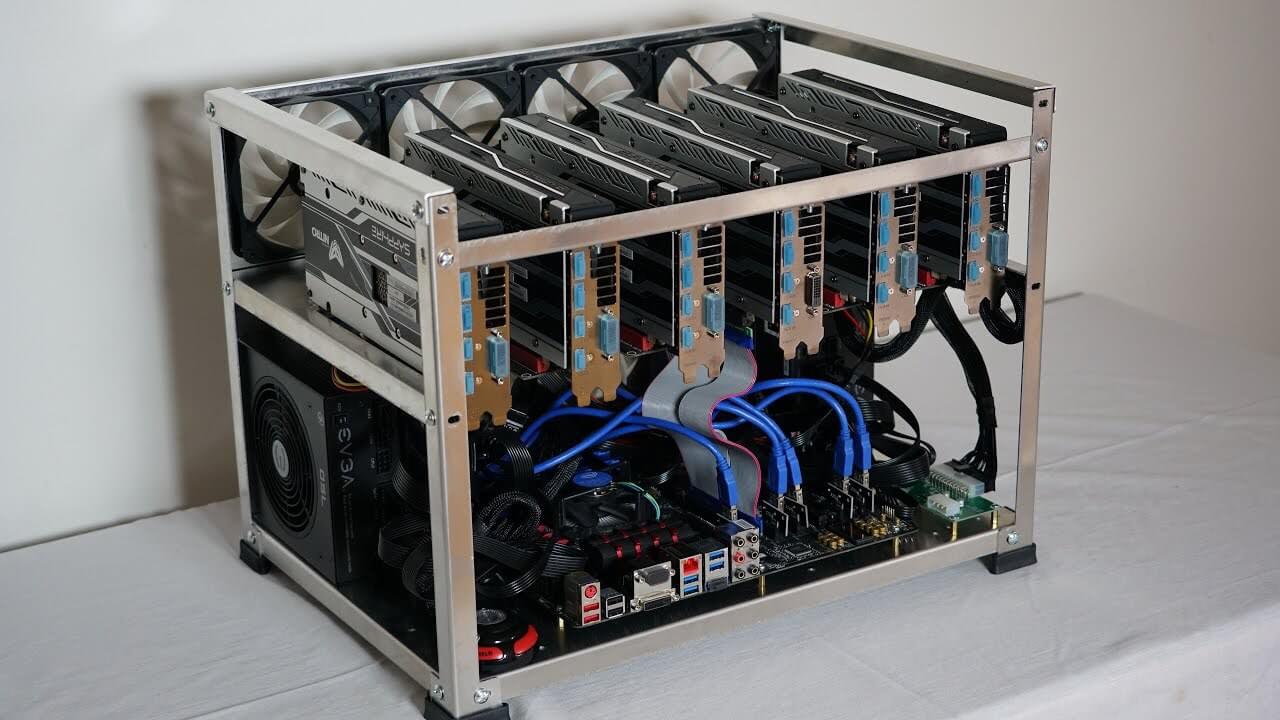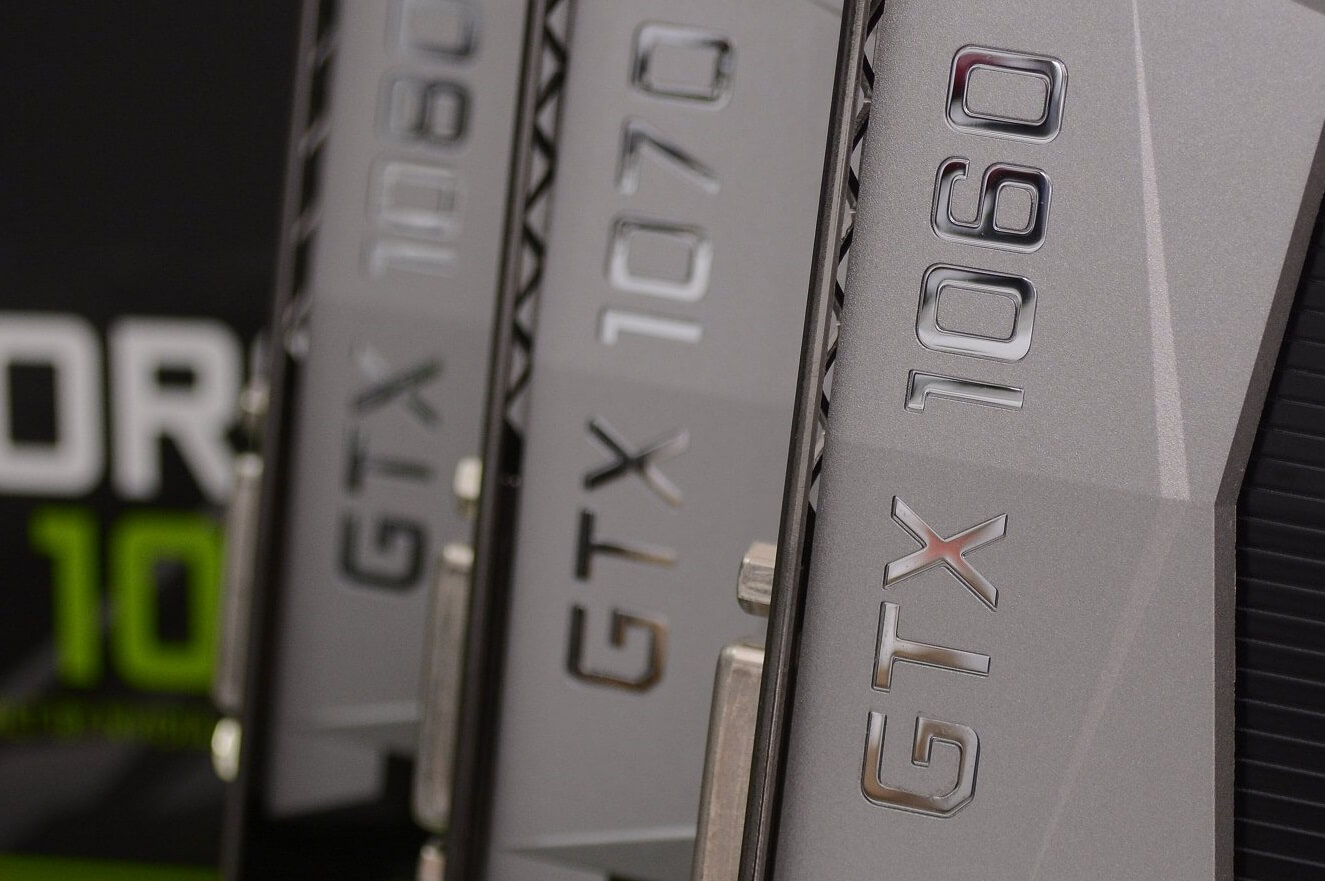The big picture: Cryptocurrency miners bought a massive stockpile of graphics cards between April 2017 and March 2018. As mining difficulty has gone up and block rewards have gone down, fewer people are operating mining rigs. The resulting shortages have raised prices across the board.
As pricing is getting better on graphics cards that are up to two years old, the number of shipments is expected to fall during the second half of this year. According to Taiwan suppliers, the decline in cryptocurrency has allowed for the focus to be shifted back to gamers once again.
Despite prices being slightly reduced, profit margins are still doing better than ever before. Asus, Gigabyte, MSI, and TUL are all reportedly maintaining profit margins of around 20 percent. Before April 2017 when cryptocurrencies really started to take off, many add-in board partners were only turning an eight to ten percent margin. At their peaks, board partners were earning between 40 and 50 percent profit on cards sold to gamers and miners with inflated pricing.
For gamers, there is good news for the future. Mining is becoming less rewarding to owners of high end GPUs. Government restrictions and the crackdown on excessive energy consumption are also making mining even less viable than before.

Even though this is not good news for those that have an array of graphics cards lined up on racks, gamers should rest easy. Whenever the next generation of graphics cards are finally launched, there may not be a massive rush to buy every last card available, at least by miners.
Considering that the GTX 1080 originally launched in May 2016 and AMD's RX Vega series has received little attention from gaming fans, there may still be enough gamers seeking upgrades that further shortages are not out of the question. Regardless, cryptocurrency miners are not going to be a problem for gamers for the foreseeable future.
